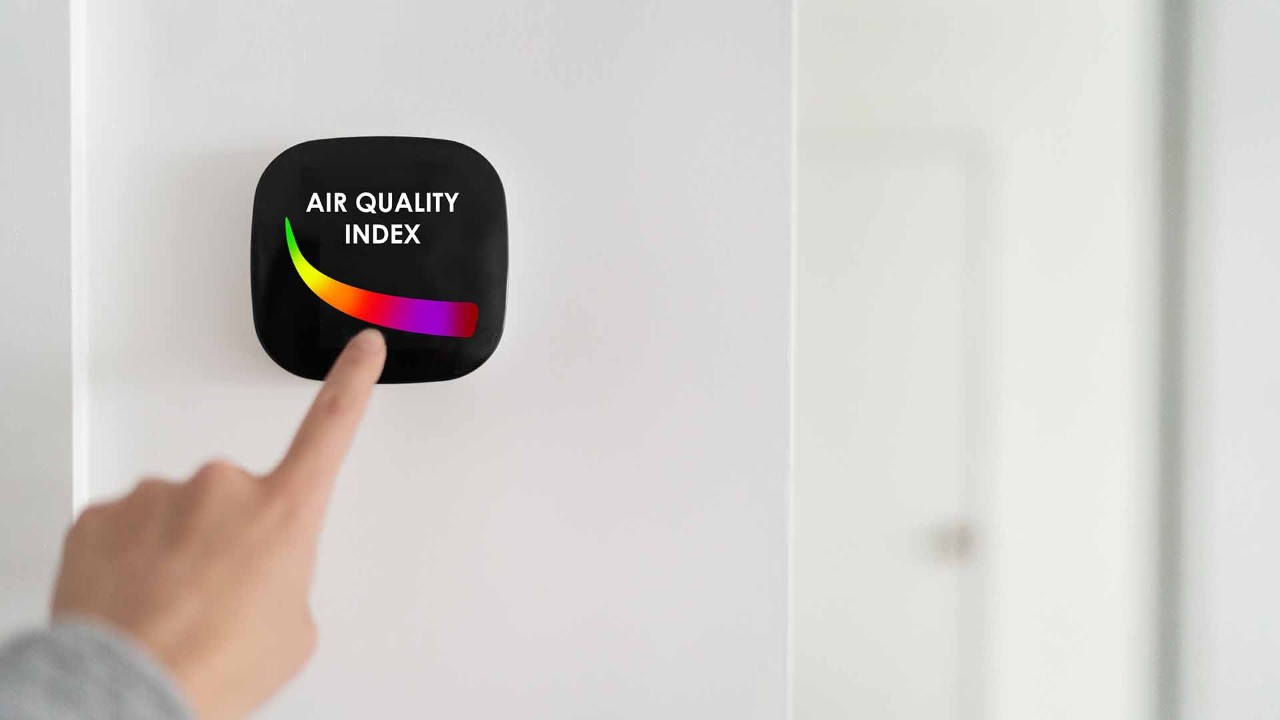Enables low power battery operation
CO2 sensors have been widely adopted over various fields in recent years. Senseair's CO2 sensors have been popular customers' choices since the early days of the marketplace.The benefits of Senseair products are discussed here by introducing some examples for the solutions to ventilation issues in normal living spaces.
CO2 Sensors
Roles of CO2 Sensors in Living Spaces
Guidelines are established for Indoor Air Quality (IAQ) around the world. Each country sets its own standards for indoor CO2 concentration. Recently, CO2 sensors have also been receiving attention as useful tools to prevent the transmission of new corona viruses (COVID-19).
It is now widely accepted that COVID-19 infection clusters are caused by "poorly ventilated enclosed space" and "conversations by people without masks in close proximity".
In Germany, the Prime Minister specifically mentioned the need for ventilation-based measures as ventilation may be one of the most economical and effective ways to prevent transmission of viruses. [1]
In Japan as well, the Infectious Diseases Countermeasure Expert Committee recommends ventilation that regularly takes in outside air in order to improve the "poorly ventilated enclosed space," which is one of the risk factors for the transmission of viruses. [2]
[Notes]
[1] https://www.theguardian.com/world/2020/sep/30/germans-embrace-fresh-air-to-ward-off-coronavirus
[2] https://www.mhlw.go.jp/content/10900000/000618969.pdf

To maintain the air quality monitor running constantly

What are the issues in ventilation ? We cannot check the "air quality" visually. Therefore, we cannot determine when ventilation is needed. We cannot check if the level of ventilation is adequate.
So, we focus on breathing by humans. Breathing caused by human activities in an enclosed room increases the CO2 concentration. By monitoring CO2 concentration with a Carbon Dioxide sensor, we can check when to ventilate a poorly ventilated space and if the space is ventilated properly.
However, a place suitable for installation of an air quality monitor for measuring CO2 concentration in a room cannot always be easily connected to the power supply. The air quality monitor should be battery-driven for easy installation in the most suitable place in the room.
Since the air quality has to be monitored every day, people want to reduce the frequency of maintenance, such as replacing the batteries. The purchaser will select an air quality monitor with a longer battery life. Such air quality monitors will require CO2 sensors of low current consumption (or install a huge battery!? Nonsense!).
This is where the Senseair Sunrise comes in. It is a CO2 sensor with a power consumption of 34 uA.
The CO2 sensor, "Senseair Sunrise", allows the customer to configure an air quality monitor driven by battery with a long life. Senseair Sunrise can be installed anywhere in a room or easily carried to a different room, allowing visualization (real-time measurement) of the ventilation condition of the room in various places.
Recommend
About Senseair
Senseair, which became a member of the Asahi Kasei Microdevices (AKM) Group in 2018, is a provider of gas sensors using NDIR: Non-Dispersive InfraRed technology. Our goal is to constantly develop and mass-produce new gas sensor technologies.











